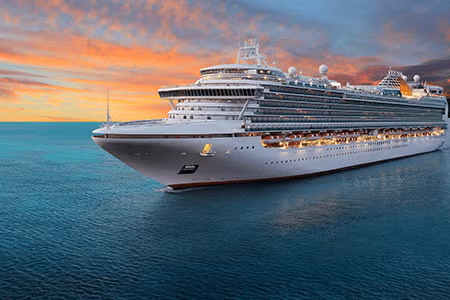Importance of Marine Coatings
A wide variety of ships around the world rely on coatings technologies that use ADI chemistry as a key component. Polyurethane coatings are used on commercial and leisure craft, as well as heavy offshore structures such as oil rigs, tanker platforms, pipeline and storage facilities. Coatings made with ADI provide important benefits including:
- Maximum color and gloss retention
- Excellent weather resistance i.e., resistance to yellowing, chalking or degradation by sunlight
- Outstanding water, solvent, oil and chemical resistance (helps prevent corrosion)
- Excellent abrasion and impact resistance (the ship’s hull flexes with stress; it is normal for the vessel to have contact with docks, or other structures and equipment used to access the vessel)
- Superior application properties i.e., fast-drying, so a ship in dry-dock can be serviced more quickly
These coatings are generally spray-applied and workers are required to wear appropriate personal protective equipment during application to protect themselves from inhalation and other potential hazards. There are a variety of paint and coatings technologies used by the marine industry to meet customer requirements and government regulations.
“Shipping is global in nature with the result that even regional and local environmental regulations have an industry-wide effect.”1 Increasingly stringent environmental regulation serves as a driver of innovation for marine coatings. For example, advancements are being made to develop coatings systems that help improve a ship’s energy efficiency, lower fuel costs and speed up the drying process to reduce labor costs and ship downtime.
